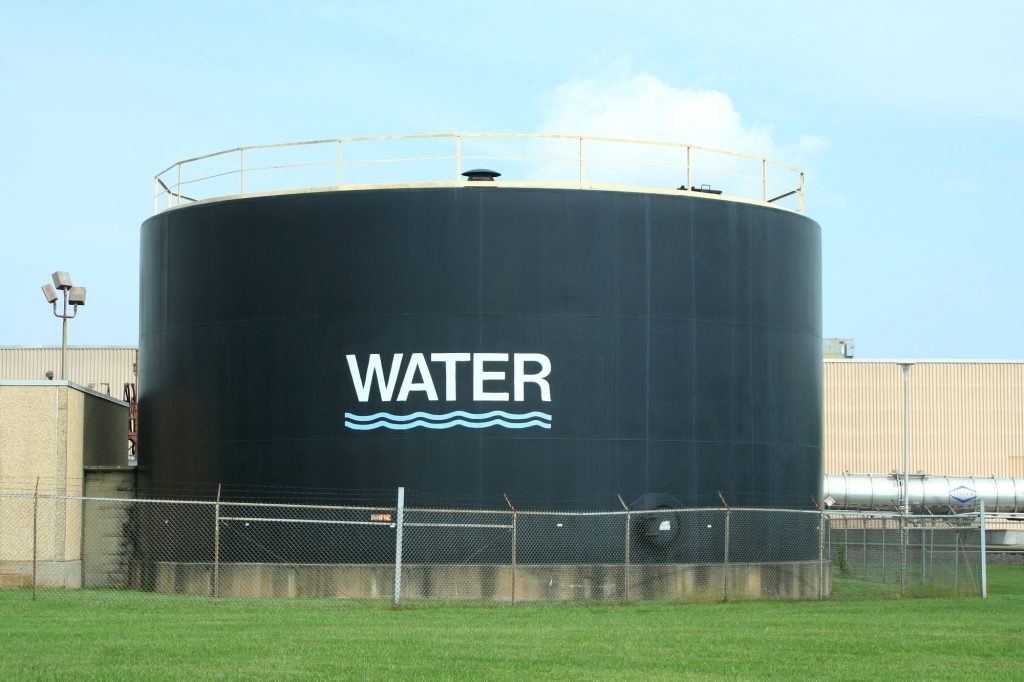Water is a precious resource that demands our attention for conservation. As global temperatures rise and weather patterns change, the importance of water conservation becomes more apparent.
Water conservation is crucial for ensuring a sustainable water supply for future generations and protecting our natural resources. Luckily, water tanks let users enjoy an abundant water supply while actively contributing to protecting the environment and preserving water resources.
However, multiple factors must be considered before buying and installing one. This article will delve into the 10 aspects you need to know about these invaluable water-saving devices.

Factors That Shape Effective Water Storage and Conservation
Effective water storage and conservation hinges on several crucial factors. These factors include the type of water storage system employed, the system’s size and location, the maintenance level, and the amount of water consumed. Here are some essential factors to consider when making a decision.
- Size
Selecting the appropriate tank size is paramount for effective water storage and conservation. A tank that is too small may not provide enough water for your needs, while an excessively large tank can prove costly and occupy excessive space.
Consider your water storage requirements and available installation space when determining the ideal tank size. An under-deck tank like this can be the perfect solution if you have limited space but wish to store significant volumes of water.
- Types Of Water Tanks
The choice of water tank can significantly influence its water storage and conservation capabilities. Selecting a durable water tank is crucial to ensure it can withstand harsh weather conditions and last for many years.
Plastic tanks are lightweight and easy to install but may lack the durability of concrete or steel tanks. Concrete tanks boast exceptional durability, albeit at a higher price point. Steel tanks balance durability and weather resistance but require regular maintenance to prevent rust. The type of water tank material you choose will depend on several factors, including your budget, purpose, and where you intend to keep it.
- Location
Optimal placement plays a vital role in maximizing the efficiency of water storage and conservation. The tank should be easily accessible and strategically located near the water usage area. A secure water tank is important to prevent damage or injury from tipping over. Aesthetics also come into play, particularly if the tank is visible.
- Maintenance
Regular maintenance is essential for ensuring optimal water storage and conservation. This encompasses routine cleaning, leak detection, and ensuring water safety. Scheduling a yearly professional inspection and cleaning helps prevent leaks and safeguards your water conservation efforts.
- Cost
The cost factor is an important consideration when budgeting for a water tank. Selecting an affordable water tank is crucial to ensure it fits within your budget and doesn’t cause financial strain.
Besides the purchase cost, prospective owners must consider installation and maintenance costs to estimate an accurate budget. Overall, plastic tanks tend to be the most affordable, while concrete tanks command a higher price tag. Steel tanks fall in the middle range.
- Benefits
Water tanks yield an array of benefits for effective water storage and conservation. By capturing rainwater for later use, they reduce reliance on municipal water supplies and lower water bills. They serve as reliable backup water sources during water shortages caused by drought and emergencies.
- Legal Requirements
Compliance with local laws and regulations is crucial for effective water storage and conservation. Some jurisdictions have specific guidelines regarding tank installation, including size and placement. Compliance with these regulations is essential to avoid penalties and legal issues.
- Installation
Proper installation is key to optimizing water storage and conservation. Tanks can be installed by professionals or homeowners themselves. If opting for self-installation, carefully follow the manufacturer’s instructions. Improper installation can lead to leaks and compromise water conservation efforts, making professional installation the better option.
- Uses
Water tanks have many practical applications that bolster water storage and conservation efforts. They can be used for garden irrigation, toilet flushing, clothes washing, firefighting, and emergencies. Utilizing water tanks for these purposes can significantly reduce water usage and promote water conservation.
- Environmental Impact
Embracing water tanks can have a profound positive impact on the environment, complementing other eco-friendly practices. This environmentally conscious approach benefits both the present and future generations by promoting a sustainable water source.
Conserving water alleviates the strain on municipal water supplies and safeguards our natural resources. Water tanks also help mitigate stormwater runoff, preventing flooding and erosion.
Final Thoughts
Water tanks assume a pivotal role in the realm of water storage and conservation. By capturing and storing rainwater, these tanks alleviate the strain on municipal water supplies and offer a backup resource during emergencies. This dual functionality not only conserves water but also slashes water bills.
Proper water tank installation, maintenance, and usage can promote a sustainable water source and leave a lasting positive impression on the environment.

